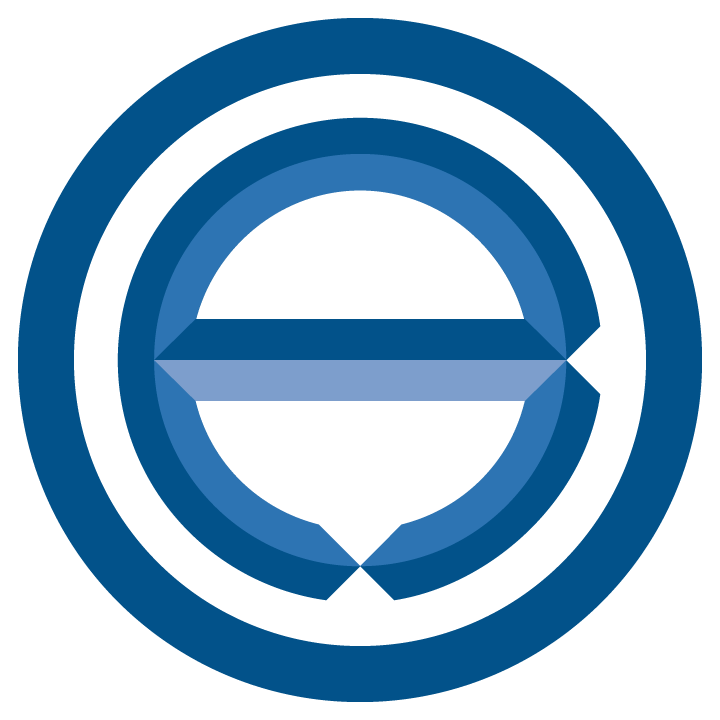My Visual Identity Process
Get a peek behind the curtain at my visual identity process.
Hey everybody!
My name is Ryan Dailey. I am the owner of R8D, a visual design company specializing in logo and visual identity design.
Today I am going to give you a peek behind the curtain at the creative process I employ when developing new visual identities. My process can be synthesized into 8 steps.
Discovery
My initial meeting with the client has the primary goal of understanding their main objective for creating a visual identity. I ask my clients a series of questions to create the framework for how their visual assets will be created. In this case, I will be developing a visual identity system for a sports team called the Carolina Reapers. Credit for discovery questions: logogeek.uk/learn
Research
I will use the information provided from the discovery meeting to begin research. The categories I research are my client’s industry, competitors, iconography, symbolism, and current digital footprints if my client has been in business predating our meeting.
Mood Board
While researching, I will compile imagery for inspiration for a centralized mood board. I assemble this mood board to keep aligned with my client’s goals throughout the design process.
Sketching
My sketching stage is to get ideas down quickly. These are unfinished rough concepts and can become numerous. I am not initially concerned with the viability of each sketch as I will review them all through the scope of my client’s objective and select the strongest concepts to advance to the next stages. The sketching process is really exploratory and I may revisit sketches or sketch additional concepts even late in the process if I need more refinement.
Vectorization
As mentioned, the strongest ideas advance to the vectorization stage. During this stage, I use my sketches to draw in vector format the following assets:
The mark = Primary logo icon
The wordmark = Primary text in the logo
Lockup = The combination of the mark and work mark
Color exploration, typesetting, alternates, and patterns are developed once a solid concept is created.
Presentation Assets
A series of graphics are specifically created for the client presentation. The primary logo, a one-color version, and product mockups are among the assets created to review with the client. The product mockups are intended to be industry specific to show the client how the designs work as a tangible reference. This makes a huge impact on how the concept is received.
Presentation
I review the concept and assets with the client. During this exchange, I’ll receive feedback, eliminate concepts, and hone in on the strongest direction.
Final
Once we arrive at the approved concept, I will create a final asset library for the different visual assets saved in various file types that will be useful to the client. The assets are saved as AI, EPS, PDF, JPG, and PNG file types. A visual guide is created for the client for easy reference of assets like logos, colors, fonts, and logo clear space. Clear space is defined as the space that no other element explicit or implicit shall cross in relation to the Logo. Often referred to as runaround. (credit: astate.edu). A link to the visual asset library and the visual guide are provided to the client so they can take the next step to develop their business website, create marketing materials, swag, and more!
I have to note that no two projects are alike. Each project has unique features, challenges, and solutions. This overview is just a general framework I use.
Thank you so much for watching today. I hope you enjoyed the peek behind the curtain today. If you or someone you know is looking to develop a visual identity for a sports team or business, feel free to reach out!
